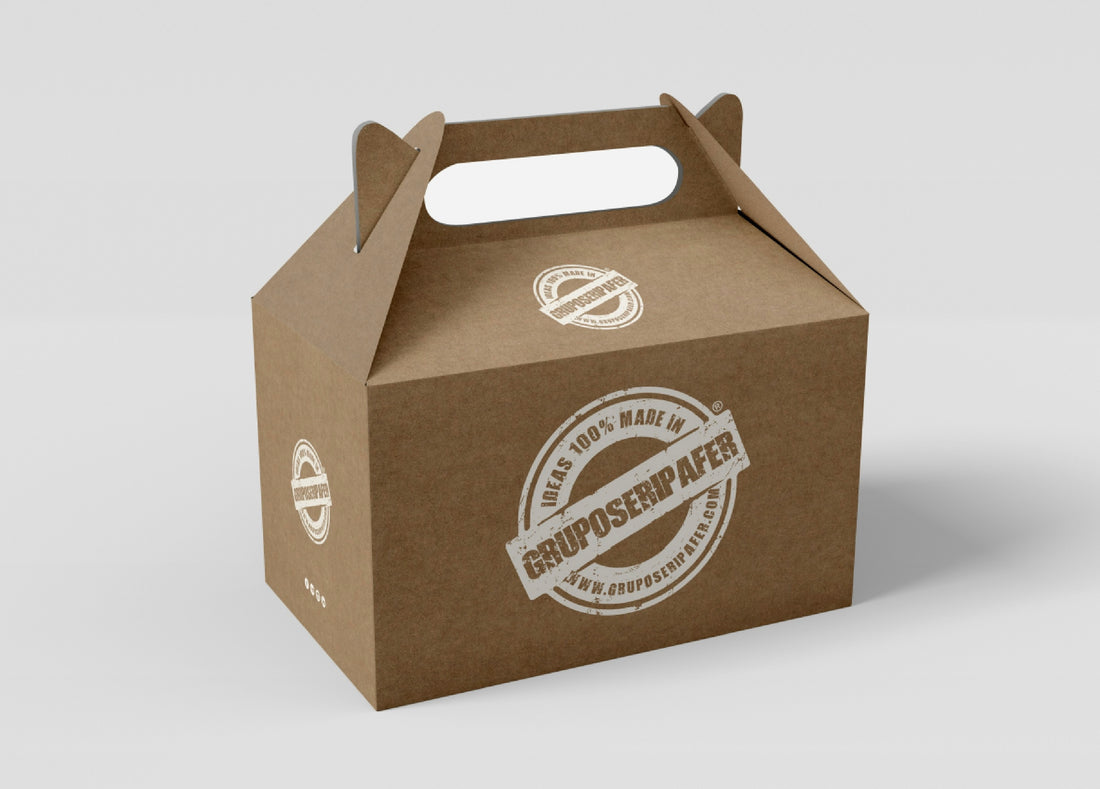
The Rise of Dropshipping in Europe: A New Era of E-Commerce
Share
In recent years, dropshipping has emerged as one of the most popular e-commerce models in Europe, fueled by advances in digital infrastructure, consumer trends toward online shopping, and a growing interest in entrepreneurship. This business model, which allows retailers to sell products without maintaining inventory, has proven especially appealing for small to medium-sized enterprises (SMEs) and first-time entrepreneurs.
Key Drivers of Growth
1. Digital Transformation
Europe has seen significant investment in digital infrastructure, with high-speed internet and widespread smartphone usage becoming the norm. This environment has created fertile ground for e-commerce platforms like Shopify and WooCommerce, which integrate seamlessly with dropshipping suppliers such as AliExpress, Oberlo, and local wholesalers.
2. Lower Barrier to Entry
Dropshipping eliminates the need for large upfront investments in inventory, warehousing, and logistics. This makes it an attractive option for Europeans seeking side hustles or transitioning into entrepreneurship. The simplicity of setting up an online store has further boosted adoption.
3. Demand for Diverse Products
European consumers are increasingly seeking niche and diverse products, often unavailable in traditional retail stores. Dropshippers can quickly adapt to trends, offering a wide array of items sourced globally, from electronics to eco-friendly goods.
4. Cross-Border Opportunities
The European Union’s single market and standardized regulations enable dropshippers to target multiple countries without significant legal or logistical barriers. Payment solutions like Stripe and PayPal, combined with platforms that support multi-language and multi-currency setups, make scaling across borders easier.
5. Pandemic Accelerating E-Commerce Adoption
The COVID-19 pandemic further accelerated the shift toward online shopping in Europe. As consumers became more comfortable buying online, entrepreneurs turned to dropshipping to meet the surging demand for everything from home fitness equipment to fashion.
Challenges in the European Dropshipping Landscape
1. Competition and Saturation
The low entry barrier has led to a crowded market. Many dropshipping stores rely on similar suppliers and products, resulting in intense competition and downward pressure on profit margins.
2. Consumer Expectations
European customers often expect fast and reliable shipping, posing a challenge for dropshippers sourcing products from international suppliers, especially in Asia. Extended delivery times can lead to customer dissatisfaction.
3. Regulatory Complexity
While the EU simplifies cross-border trade, dropshippers must still navigate complex regulations related to taxes (e.g., VAT compliance), data privacy (GDPR), and product safety standards.
4. Focus on Sustainability
European consumers are increasingly prioritizing sustainability. Dropshippers relying on global supply chains may face criticism over the environmental impact of their shipping practices.
Future Outlook
The future of dropshipping in Europe appears promising but will likely evolve toward a more sophisticated and localized model. Entrepreneurs are shifting focus to local suppliers and print-on-demand services to reduce shipping times and appeal to eco-conscious consumers. Leveraging technologies like artificial intelligence for product recommendations and marketing automation will also be key to standing out in the crowded market.
Moreover, the rise of social commerce—shopping directly through platforms like Instagram and TikTok—presents new opportunities for dropshippers to connect with audiences and drive sales.
In summary, while challenges persist, dropshipping has established itself as a viable and dynamic component of Europe’s e-commerce ecosystem, offering a flexible and scalable path to business success. Entrepreneurs who prioritize innovation, sustainability, and customer experience will continue to thrive in this rapidly growing market.
